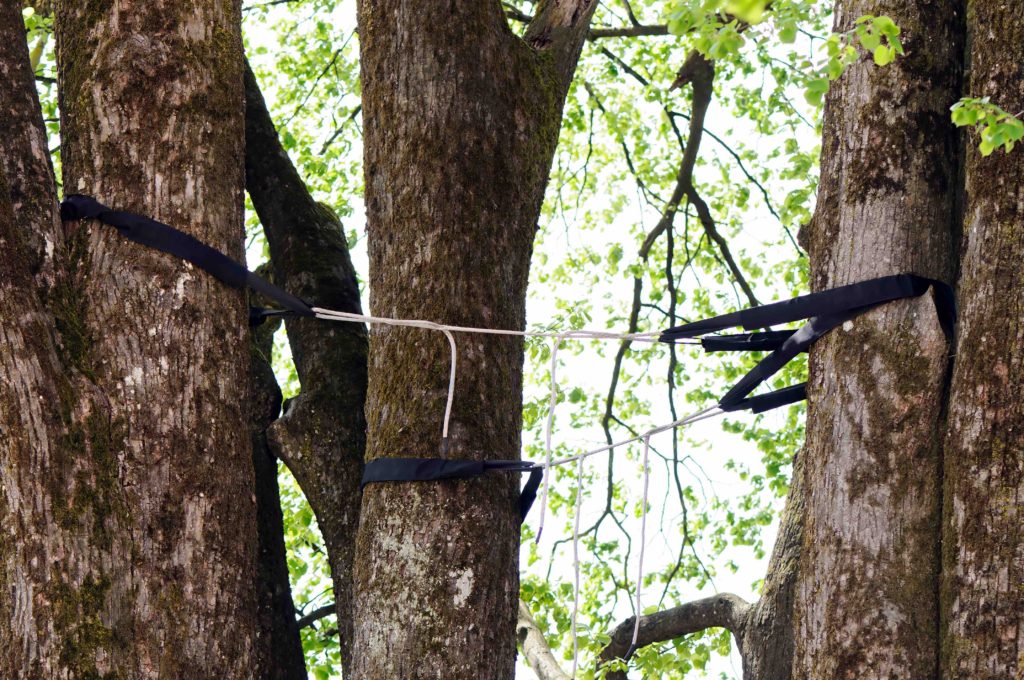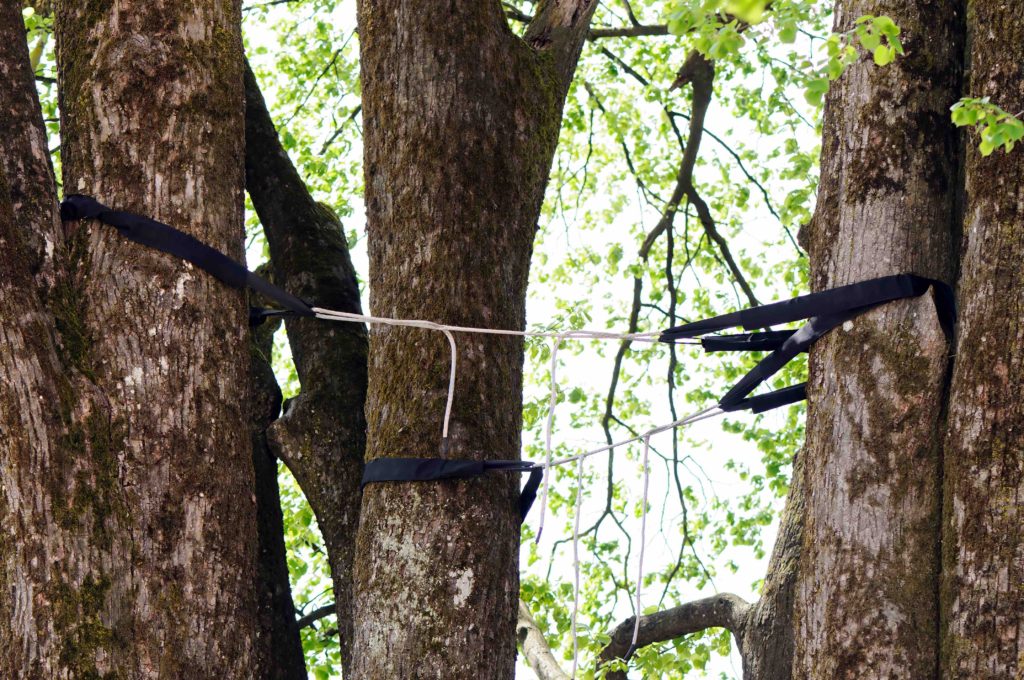
Tree bracing and cabling may offer similar outcome but tend to serve different purposes. Mature trees go a long way in protecting property, people, and wildlife. Trees act as a natural sunblock for people looking for some fresh air on a warm sunny day.
They also act as a shield during the cold winter months or during a storm. However, you may need to employ tree cabling and bracing techniques to protect your tree. Tree bracing in particular is a popular approach to preserving a tree’s health in DFW area.
There are several causes for a tree becoming weak. It can be due to:
Type of treeAge of the treeGrowth patternWeight of foliageStorm or wind damageInadequate careInfestation of disease or insects
Trees can start displaying a variety of health conditions as a result of the above mentioned conditions. In such situations, the tree is unable to support its own weight and it at a risk of toppling over. Some of the more common signs that we ask all our clients to look out for are:
Splitting trunkVisible leaningBroken or cracked branchesUnnatural swayingAudible creaking or cracking
There are two main approaches to supporting the weight of trees that show these signs – tree cabling and bracing. The difference between the two is explained in detail below.
Tree Cabling
Tree cabling is usually reserved for the upper canopy. It involves installation of steel rods between primary or major branches. The rods work to reallocate structural stress between the connected branches. Cabling allows for natural movement and swaying to a major extent between these branches. There is also a decreased risk of damage during storms or severe weather conditions.
Tree Bracing
Tree bracing is usually applied in the lower parts of the tree. It involves the installation of rods below and above the damaged area in an invasive way. Tree bracing helps in securing cracks or splits in tree trunks at major junctions. Tree bracing is highly invasive and more rigid. Swaying and natural movement of the tree is restricted to a major extent.
Choosing Between the Two
Generally, tree bracing and cabling are performed in conjunction with each other. However, you should have a professional tree bracing take a look at the damaged tree and make a decision. It is important to diagnose the condition of the tree before recommending the best course of action.
We usually begin the tree bracing and cabling process by assessing the structural soundness of the tree. We take a look at the existing decay, infestation, and root system. This is followed by a quick determination of whether bracing and cabling will be beneficial to the tree or not. If not, we usually recommend removing the tree completely.
The post Difference Between Tree Bracing And Cabling appeared first on Chippers Tree Service.




